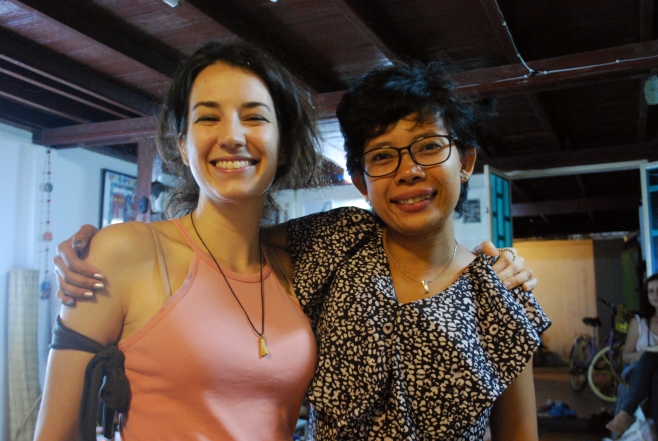 Time for a throwback. In February 2013 I left Italy for Australia. I lived in Melbourne for almost an year, and while I was there I started freelancing for English-speaking magazines – though I had already published a couple of pieces for Art Monthly Australia and others the previous year. There I developed a research on the local art system and artists in Melbourne – with a small side report from Perth.
Time for a throwback. In February 2013 I left Italy for Australia. I lived in Melbourne for almost an year, and while I was there I started freelancing for English-speaking magazines – though I had already published a couple of pieces for Art Monthly Australia and others the previous year. There I developed a research on the local art system and artists in Melbourne – with a small side report from Perth.
When I came back to Italy, my idea was to make a book about emerging artists in Melbourne, with a similar concept to my Indonesia book. I wanted to give a synthetic but thorough introduction to a an art scene not well known abroad, this time making the book more narrative and focusing on the struggles of the emerging phase of an artist’s career. Because of other commitments – finalizing and publishing the Indonesian book, freelancing steadily for magazines, curating exhibitions, starting out as video-journalist and so on – I ended up working on it intermittently. That made it harder to pick up the book where I left and get back into the right mindset for writing again.
This summer 2015, after having struggled with a final draft of the book, I finally decided to put the project on hold indefinitely. Whether I’ll work on it or not in the future, a part of my research has been published on a number of Australian, Italian and international magazines. Even if the published material is just the tip of the iceberg, it can give you an idea of what I’ve looked at while in Australia – I find the interviews in particular a useful resource. In this long-winged post I’ll give you the coordinates of my reportage, plus the photostory of my research Down Under.
Read More







 Time for a throwback. In February 2013 I left Italy for Australia. I lived in Melbourne for almost an year, and while I was there I started freelancing for English-speaking magazines – though I had already published a couple of pieces for Art Monthly Australia and others the previous year. There I developed a research on the local art system and artists in Melbourne – with a small side report from Perth.
Time for a throwback. In February 2013 I left Italy for Australia. I lived in Melbourne for almost an year, and while I was there I started freelancing for English-speaking magazines – though I had already published a couple of pieces for Art Monthly Australia and others the previous year. There I developed a research on the local art system and artists in Melbourne – with a small side report from Perth.







